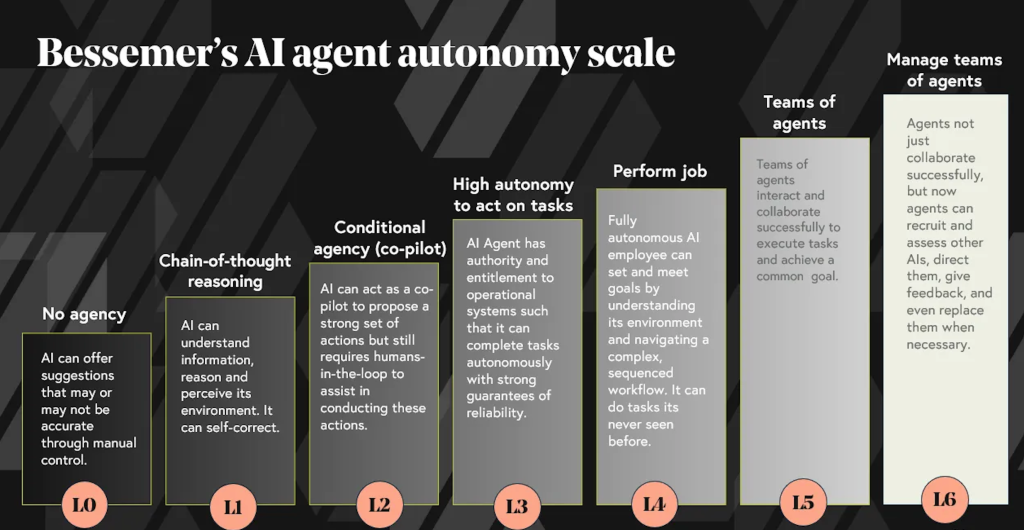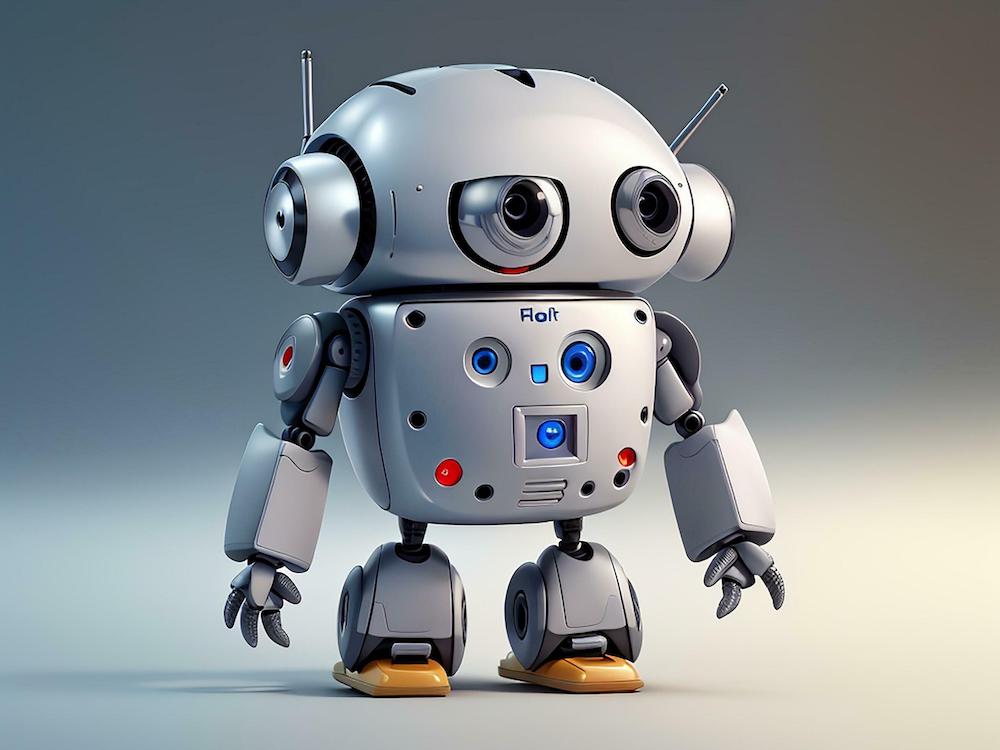The transition from monolithic architectures to microservices has revolutionised deployments and team productivity, yet it has also brought about the tedium of daily repetitive tasks and manual labour. Site Reliability Engineers (SREs) and DevOps professionals must now completely reevaluate how teams operate their applications daily.
To enhance efficiency, teams often turn to automated systems and intelligent notifications to keep track of crucial activities in their cloud environments. While a highly automated strategy can indeed assist with application oversight, such systems do not possess independent intelligence.
The terms “automated” and “autonomous” may seem similar, differentiated only by a few letters, but there is one key factor that sets them apart: intelligence. An automated system can evolve into an autonomous one, but autonomous systems are not simply advanced versions of automated systems. Still confused? Let’s clarify the essentials.
Autonomous systems: Grasping the distinction
Automated systems consist of actions that are performed automatically based on predefined thresholds embedded within the system. A user defines the rules for specific scenarios, and if an event occurs outside of set parameters, the system executes the specified action as determined by the user. The responsibility for ongoing learning rests with the user. These actions may range from a simple alert to the user or a predetermined task chosen by the user.
Autonomous systems, on the other hand, are characterised by their situational awareness and the intelligence to take actions that achieve and learn from outcomes. They possess the ability to detect changes without user-defined parameters and inherently understand how to respond to mitigate those changes. Autonomous systems can independently recognise and act upon issues, driven solely by a user’s problem statement (for example, “Help me lower my latency”).
In essence, autonomous systems represent a dynamic and evolving spectrum of intelligent capabilities, while automated systems remain static — a predefined trigger leads to specific outcomes. Automated systems lack context-awareness and require explicit instructions on what to monitor.
In contrast, autonomous systems incorporate a built-in learning model and feedback loop, with directives on what to focus on. Does that clarify things? So, why do people frequently confuse these terms, and what leads to the misunderstanding between them?
Two main reasons: When teams automate processes and start experiencing considerable benefits, they often label it as an “autonomous system” — but this is incorrect. Even the fastest and most effective automated system is not truly autonomous, as it fundamentally represents a different methodology.
Automated systems are inherently based on user knowledge, which reflects informed and intelligent decision-making. While that’s beneficial, it ultimately boils down to “perform X when you detect Y.” Autonomy has its own hierarchy, and its lower levels may exhibit characteristics similar to those of automated systems.
The Autonomy Scale
i. Earth-bound: You operate a manual transmission vehicle (and there’s nothing wrong with that).
ii. Smart (but assisted): While driving on the highway, you activate cruise control to keep your speed consistent. Later on, your vehicle senses that you are within 15 feet of the car ahead and automatically adjusts your speed to 58 mph to maintain a safe distance. Once the other vehicle has moved out of the way, your car resumes your speed of 65 mph.
Autonomous systems can be evaluated based on their intelligence level and the intricacy of their intended actions when situations arise. To illustrate this concept, let us examine an intelligence scale in relation to vehicles:
iii. Intelligent: After your car has slowed down while in cruise control, it assesses the speed limit and calculates how much faster it can safely accelerate to make up for the time lost while traveling at the lower speed.
iv. Space-Smart: You relax in the backseat of the vehicle and reach your destination safely without needing to touch the steering wheel, accelerator, or brakes.
v. Beyond: Your vehicle recognises that you usually feel tired on Monday mornings and modifies your usual route that day to include a stop at your preferred coffee shop to grab a cup.
To clarify, we have not yet reached the highest levels of autonomy. However, the aim is to develop a system that can think independently like a human to make the best and safest decisions possible. Such systems should be designed to empower users to choose how they want to engage with them based on their comfort level—after all, users should always retain control.

Three Reasons to Develop an Autonomous System
How do you determine if an automated or autonomous system is suitable for your needs? As previously mentioned, automated systems can assist in managing your applications. However, capability and helpfulness are two distinct concepts.
Your team should take into account the following when evaluating what kind of system your organisational
requires: challenges, but most importantly, it underscores the significant issue that scaling is not practical.
If your scaling strategy relies on a 1:1 ratio of assigned tasks to employees, you’re heading for trouble. Ultimately, the distinction between “autonomous” and “automated” is not merely a discussion about which method is most effective for your team and organisation, nor is it about strategising to outpace your competitors.
It’s about having a system that can function efficiently without overburdening teams, similar to the safety, agility, reliability, and efficiency that Tesla provides its drivers. In today’s landscape of microservices, automated solutions for application management are becoming an increasingly complex challenge and will continue to face scrutiny due to the growing intricacies of microservices. However, infusing intelligence into these systems and evolving them into genuinely autonomous solutions can facilitate innovative transformation for the future.
Consider this in practice for an ecommerce retailer: spending hundreds of thousands of pounds per year employing email specialists, when an AI solution identifies what each consumer is most likely to purchase, and their preferred choice within nanoseconds of the ideal send time, conducive to that purchase. Not only don’t the products get returned, but the kudos of the company for offering the right products at the right time grows exponentially, the suppression rate minimises, but the ROI goes through the roof with zero need for human involvement. So much more lucrative than having to wait for the same process when the customers come to you.
See all the current global exponents of AI, autonomous email marketing, in our related article:
https://swifterm.com/distinctions-between-hyper-personalisation-software/





